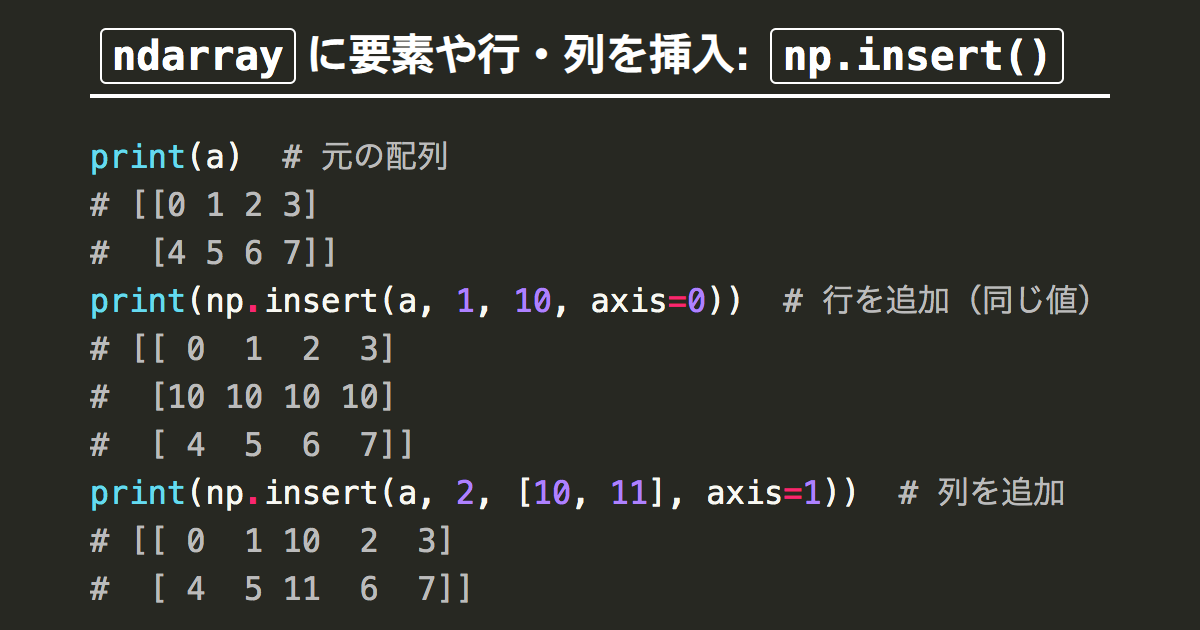

Term by term addition of the elements of x and y
Numpy vstack average code#
Table 9.4: Binary Universal Functions Code Logatithm of the elements of x in base 10īoolean table indicating True for the elements NaNīoolean table indicating True for non-infinite and non-NaN elementsīoolean array indicating True for infinite elements Hyperbolic arc-sinus (arc-cosine, and arc-tangent) of the elements of xĬonversion of the angles values of x from radians to degreesĬonversion of the angles values of x from degrees to radians Hyperbolic sine (cosine, and tangent) of the elements of xĪrc-sine (arc-cosine, and arc-tangent) de x Sine (cosine, and tangent) of the elements of x Truncated value of x to the next larger integer Truncated value of x to the next smaller integer Table 9.3 lists some universal functions, while Table 9.4 lists some universal binary functions. There are two types of universal functions: uannic functions, which perform an operation on a single operand, and binary functions, which perform an operation on two operands.Īmong the ufuncs are arithmetic operations (addition, multiplication, power, absolute value, etc.) and common mathematical functions (trigonometric, exponential, logarithmic functions, etc.). Universal functions ( ufunc for universal functions) are functions that can be applied term-by-term to the elements of an array. 10.14.2 Aggregation According to the Values of Several Columns.10.14.1 Aggregation According to the Values of a Single Column.10.6.2 Deleting Elements in a Dataframe.10.5.3 Removing Missing Values by Other Values.10.5.2 Remove Observations with Missing Values.10.4.1 Checking whether a value belongs to dataframe.


9.1.3 Extracting Elements from an Array.4.2.2 Inferiority and Superiority, Strict or Broad.4.1.9 Mathematical Operators on Lists or tuples.4.1.8 Mathematical Operators on Strings.


 0 kommentar(er)
0 kommentar(er)
